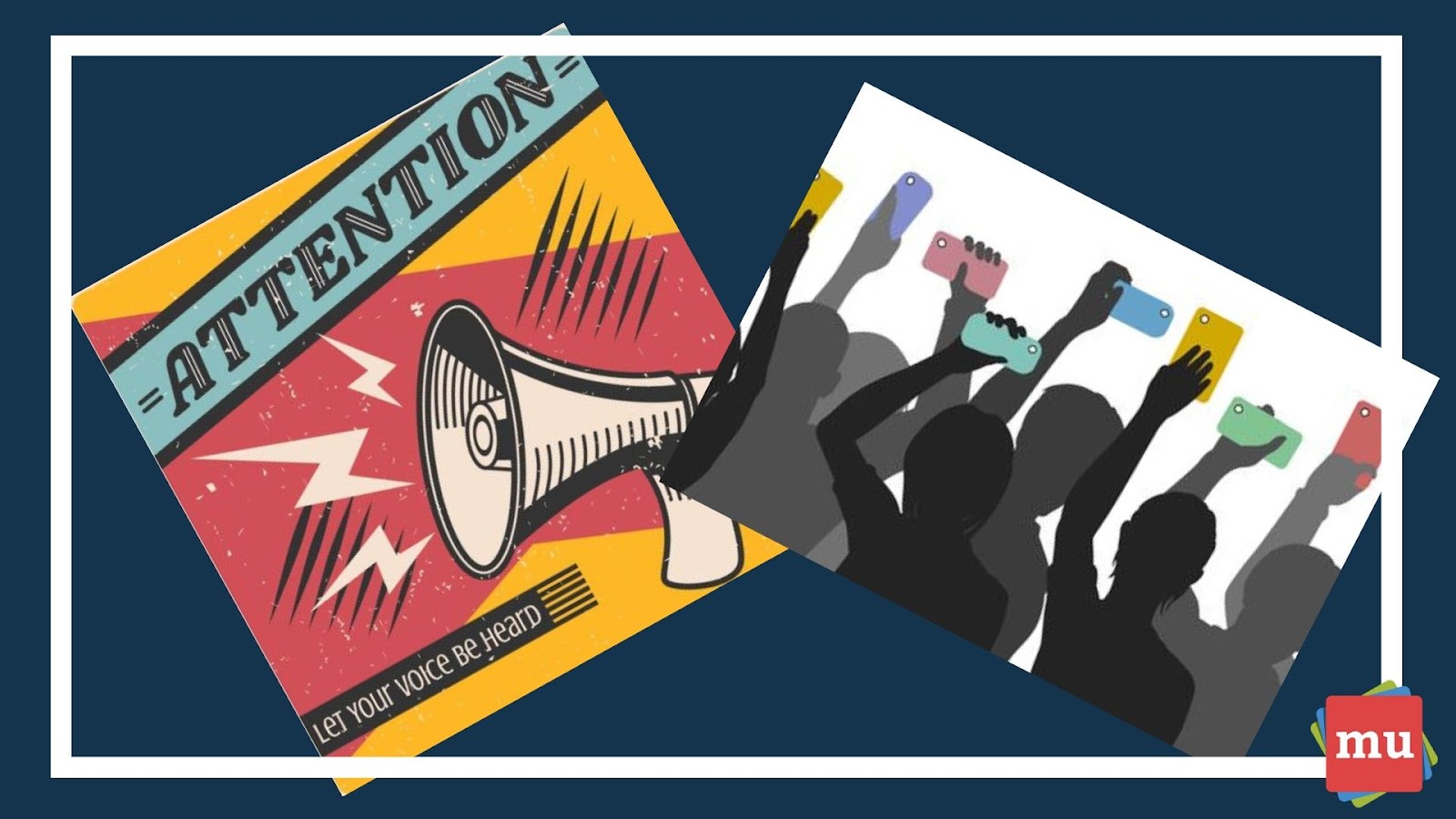Thursday, December 5, 2024
EOT Reaction Post: Citizen Journalism
Olivia’s presentation on citizen journalism provided an insightful look into how this practice has evolved and reshaped the media landscape. It’s clear that citizen journalism, driven by the rise of social media and digital tools, has transformed the way news is reported and consumed. Her explanation of how ordinary people, equipped with smartphones and access to the internet, can now share breaking news from their communities before major outlets even catch wind of it was particularly striking.
Her presentation also shed light on the pivotal moments in the 1990s when search engines, blogs, and online forums gave rise to personal reporting. I hadn’t considered how these early forms of online content paved the way for today’s citizen journalists. As Olivia pointed out, the real revolution came with the advent of social media in the early 2000s. Platforms like Facebook, Twitter, and YouTube allow everyday people to provide real-time updates, photos, and videos from events that would otherwise go unreported.
Subscribe to:
Post Comments (Atom)
My Relationship with Technology
Growing up as part of Gen Z means I've been surrounded by technology since I was born. It has shaped almost every aspect of my life to t...

-
Growing up as part of Gen Z means I've been surrounded by technology since I was born. It has shaped almost every aspect of my life to t...
-
As the U.S. keeps up its military operations in various corners of the world, it is incredible how antiwar voices are mostly absent in the c...
-
Instant messaging has developed from simply exchanging text instructions into an enormous computer environment. It also includes a mechanism...






No comments:
Post a Comment